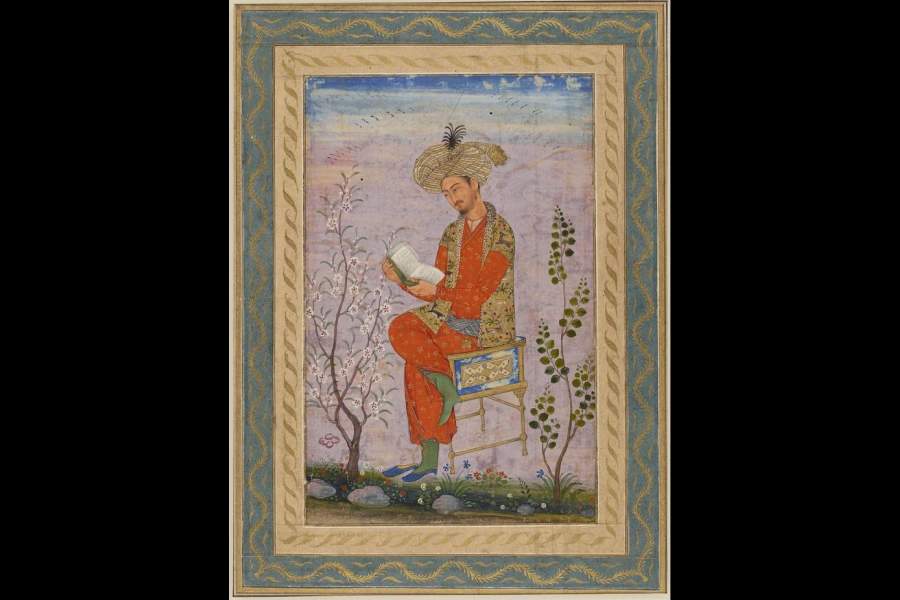Nine of 11 invasions on the Indian subcontinent between the 6th century BC and the 16th century AD, including Babur’s arrival to found the Mughal empire, occurred during phases of good Indian monsoon, a study has suggested.
The overlap of multiple invasions with phases of abundant rainfall indicates that climate, among other factors, also helped shape socio-political landscapes in the subcontinent over the centuries, scientists at the Indian Institute of Tropical Meteorology (IITM), Pune, have said.
Their study has found that Cyrus the Great, the founder of the Persian Achaemenid empire, and his successor Darius expanded their territory into the northwestern parts of the Indian subcontinent at a time marked by near-continuous good monsoon during the 6th century.
Scientists have known for years that the summer monsoon that delivers nearly 75 per cent of the annual rain on the subcontinent has played a key role in impacting societies and civilisations. Earlier research has indicated that the decline of the Indus Valley cities coincided with a weakening monsoon and more rains on the east, facilitating the rise of settlements along the Indo-Gangetic plains.
Earlier studies have also pointed to a cyclic behaviour of the monsoon — periods of good monsoon lasting years to decades punctuated by periods of poor monsoon or drought lasting several years.
“But there has been very little research on the monsoon and the invasions India has experienced,” Naveen Gandhi, a specialist in ancient climate at the IITM who led the new study, told The Telegraph.
Although weather scientists began to maintain rainfall records in the 19th century, signatures of the monsoon’s historical behaviour are imprinted in tree rings and mineral deposits found in caves.
Gandhi and his colleagues used tree rings in Kerala to reconstruct the monsoon’s behaviour from 1484 AD to 2003 AD and referred to mineral data from two caves in Dandak, Madhya Pradesh and Kadapa, Andhra Pradesh, and caves in Iraq, Iran and Uzbekistan to reconstruct a 10,000-year history of the monsoon.
“The greater the width of tree rings, the more abundant the rainfall,” Gandhi said. The concentrations of an oxygen isotope in the mineral deposits can also tell us about the historical performance of the monsoon.
Their analysis combined with history textbook information has suggested that nine of 11 invasions on the continent from Cyrus the Great’s expansion in the 6th century BC to the arrival of Babur in the 16th century occurred during phases of good monsoon.
The IITM study shows that the arrival of the Hunas in the 6th century AD, the Umayyad Caliphate in the 8th century AD, Mahmud of Ghazni in 1001 AD, Mohammad Ghori in 1175-85, and Bakhtiyar Khilji from 1197 to 1206 had all coincided with abundant rainfall.
Many of these invasions also occurred during poor rainfall over central Asia, the study has found. The findings were published in the Journal of Earth System Sciences brought out by the Indian Academy of Sciences. The study’s co-authors are Smruti Sardar and Parthasarathi Mukhopadhyay at the IITM and Protyusha Mukhopadhyay at the Birla Institute of Technology, Ranchi.










